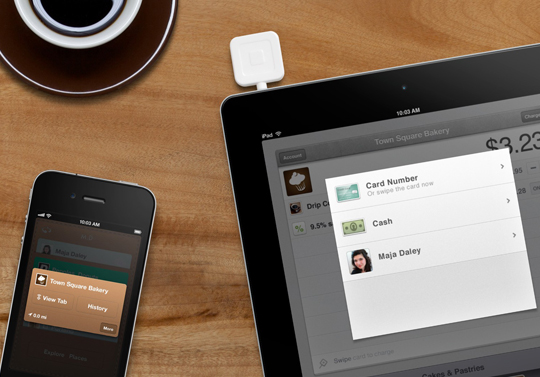Dorsey Says Square Wallet Could Be Back

Everyone wants to be in the mobile wallet space — even companies that once failed in the sector.
That’s the case for Square and Jack Dorsey’s vision for his new, publicly traded company, based on a conversation he had with Re/code late last week. The conversation hinted that Dorsey has ambitions to bring back the defunct Square Wallet service. That service, unlike other mobile wallet apps, allowed users to pay at the register by saying their name.
“That’s definitely an experience you’ll see in the future,” he told Re/code.
Digging into more details, he elaborated, saying: “I still want [the Square Wallet] experience, personally. I think Square Cash shows a path.” Dorsey remained bullish about the Square Wallet, despite the fact that it never took off.
He admitted that the launch of Square Wallet was poorly timed, mainly because it launched into market too early. It also was unable to gain traction at merchants and wasn’t available in enough places for it to gain scale. The wallet was a product of Dorsey’s vision, so the company made every attempt to make it take off, but finally shut it down in 2014.
Following the shuttering of its mobile wallet, in December of 2014 it severed its relationship with Starbucks. It also closed down Order, an app that enabled consumers to order food online and pick up in-store. Today, Square is more focused entirely on the merchant services. Its financing (Square Capital), a variety of applications to help small merchants run their businesses (email marketing, CRM, appointments, accounting/bookkeeping), enable P2P payments between people and micro/small businesses (CashTags) and POS hardware (Square Stand/Register).
While Square’s mobile wallet plans may eventually come to fruition, its first week as a publicly traded company will be the focus for most who keep their eye on Square’s next moves. There has been plenty of controversy over Square and its valuation, particularly after it priced its IPO below expectations last week.
Coming on the heels of what could only be termed a disappointing, marked-down, public offering at $9 — a number that shocked Wall Street — shares rocketed higher, much higher, to end the day at $13.07.
That was up an impressive 45 percent on the day, and intraday trading was even more sanguine, where shares were up 64 percent at one point. So, with a $13 handle at 4 p.m., the stock wound up being just above the high end of an already watered-down effort to come public.
